#turkic
Embroidery picture of Śākyamuni on the Vulture Peak / Book from Marc Aurel Stein, The thousand Buddhas.
Post link
Tengriism had a central place in historical Turkic societies from the eastern borders of Asia to Central Europe. Even though the word “Tanrı” (God) took such forms as “tangara” with the Yakuts, “teri” with the Kazan Turks, “ter" with the Soyons and “tenggeri” with the Mongols, it retained to present day its fundamental form in every religious system accepted by Turkic peoples.
Tengriism holds the belief of Tanrı being in the sky, which covers the world and governs everything and hence as a Sky-God, the Creator and the Absolute Power. Political power and sovereignty has its origin in God. There were no temples, pictures or statues for the Sky-God, who is ancient and eternal and has no human characteristics. It gives luck and power to the Khans, on whom the organization of society, and the destiny of people depend.
Ancient Turks also considered Earth-Water (Yer-Sub) sacred. The belief in “Yer-Sub” related to the mountains, forests, rivers, etc. and this later transformed into a “Cult of Homeland.” Through history, the Turks also respected fire and saw within it a cleansing and sacred power. The cult of fire among the Turks is closely related to “the cult of family hearth” which in turn is related to “the cult of the ancestor.” The term “Yer-Sub” (Earth-Water) implies that in addition to trees, fire, water, mountains, the earth, rocks and stones have a sacred meaning and importance. In the Orkhon inscriptions, “the blue sky” and “the black earth” form the two main cosmic fields and complement each other. (x)
Post link
The deportation of the Karachais began in the USSR on November 2, 1943, as a result, 69,267 people (15,980 families) were evicted. In total, during the pre-war and wartime, 79 thousand people of Karachai nationality were deported. Most of the repressed - more than 43 thousand people, including 22 thousand children - died on the road, as well as in places of resettlement. In modern Karachay-Cherkessia, November 2 is considered the day of deportation of the Karachai people. And May 3 is annually celebrated in Karachay-Cherkessia as the Day of the revival of the Karachai people.
“The idea of the project was to capture the faces, expressions of the eyes of people, to show that they are not broken, that they have returned, have preserved their customs and traditions,” the author of the project, Marika Khubiyeva, told the “Caucasian Knot” correspondent.
Source:https://www.kavkaz-uzel.eu/articles/341933/ © Caucasian Knot
Post link
The First Teacher, 1965, directed by Andrei Konchalovsky
Starring Natalia Arinbasarova and Bolot Beishenaliev
A former Russian soldier (Bolot Bejshenaliyev) instructs the Leninist doctrine to students in a remote Muslim region [in Kyrgyzstan].
Post link
There are four Turkic-speaking populations native to Ukraine.
Three of them are native to Crimea. The Crimean Tatars being traditionally Muslims. Krymchaks were traditionally Rabbinic Jews. The Karaites on the other hand identified as Karaite Jews, however historical consequences lead the Karaites of Ukraine and Poland to identify themselves as distinct from the Jews of Eastern Europe and West Asia. Under the rule of the Russian Czar this lead them to have the same rights as Christians and Muslims of the area. Later after the Nazi invasion of the Soviet Union this assertion lead to the Nazis identifying them as non-Jewish as well, thus preventing them from meeting the same fate as Krymchaks who were nearly obliterated as a people. Despite this genetic studies have shown that they have a similar origins with other European and Levantine Jews, and are genetic isolates alongside their Krymchak neighbors in comparison to their Muslim and Christian neighbors.
The Gagauz are native the Bessarabia. They are unique among Turkic-speaking populations, alongside certain Volga Turkic populations in Russia, in that they converted to Eastern Orthodoxy in the Middle Ages.
It should be noted that the term Tatar is an umbrella term used for certain Turkic-speaking populations (or Slavic in the case of Polish Tatars) and that the term is highly ambiguous.
Post link
Gagauz Hymns
Gagauz people are maybe the most famous christian community among the Turkic people. Gagauz people are dominantly orthodox christians and today i wanted to share some of their hymns you may find quite extraordinary since the Gagauz language is not very well known. Here are some of my favourites:
Ey saabi çaardım sana:
Ey göklerdä olan bizim bobamız:
Anarak Ay Bobamızı:
A lovely bridal headdress from Kazakh people, saukele. Saukeles are very long and uniquely decorated pieces. They also symbolize a status. They can be made from silk, felt etc. They are red since red has the meaning of abundance and protection in Turkic culture. I will try to make a post about the importance of colour red in Turkic cultures in the future too:)
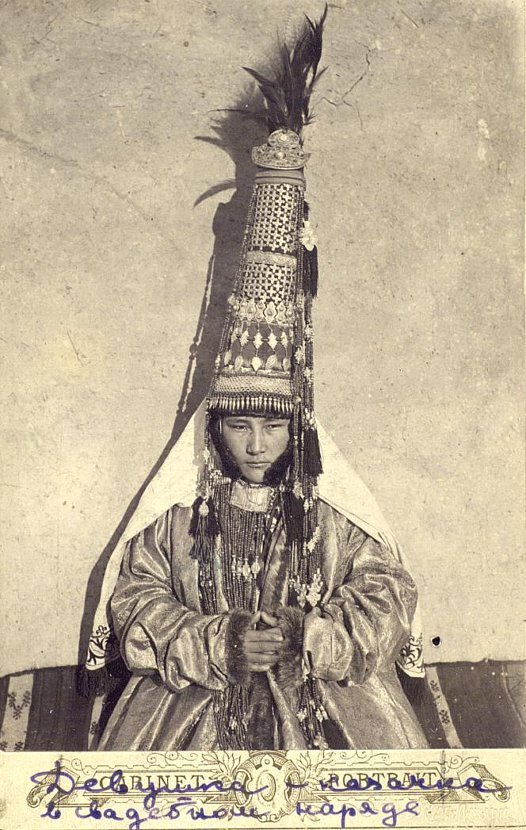

Braids of Turkic people
Hair is a sacred thing in Turkic culture like many other shamanic cultures. Hence why women braid their hair in sacred numbers such as 40, 41, 7 etc. Men having long hair is also very normal and they also braid their hair. It’s known that when Turkmens first came to Anatolia their hairstyle was seen rather strange to Anatolia’s peoples. One of the primary sources for men’s hairstyles is that gravestones that can be found in many Turkic countries.



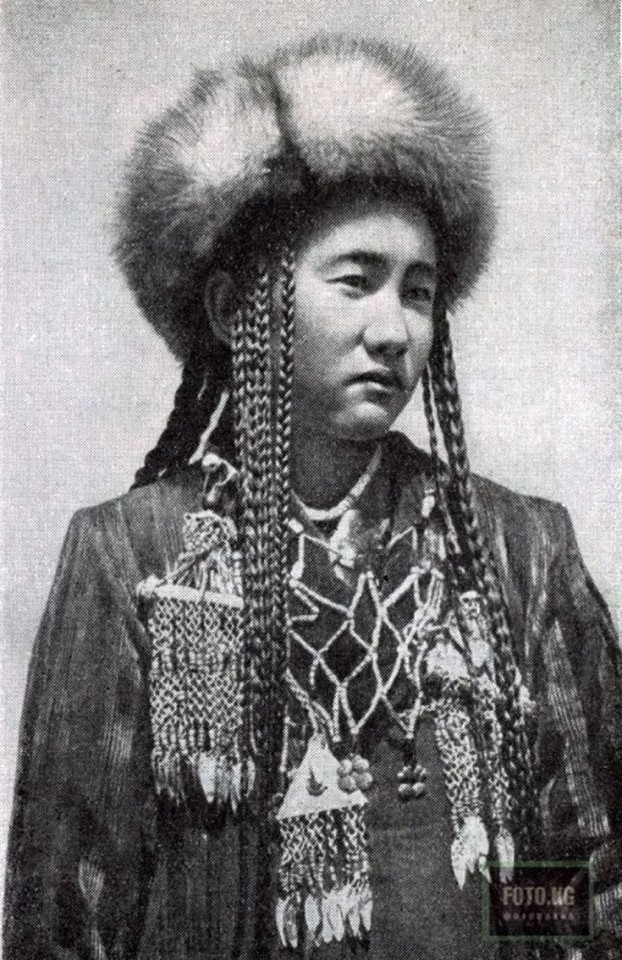
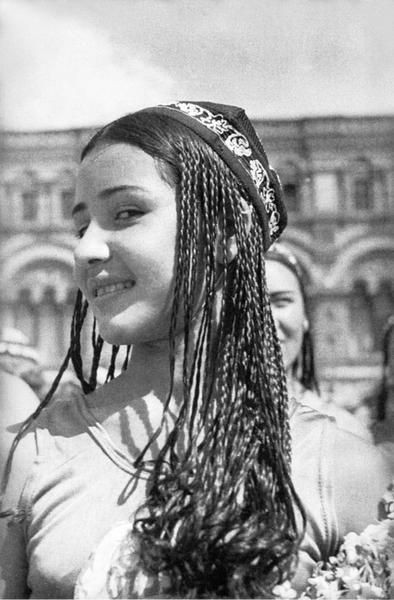





Don’t forget to remember Uyghurs
Baatyr Kozhomkul, a Kyrgyz folk hero, carrying his horse.
Kozhomkul was a huge man, who won all the wrestling and competitions of strength that he entered. According to legend, as Kozhomkul was returning home one stormy night, his horse became mired in the deep snow in the Too-Asuu mountain pass. Kozhomkul carried the horse home on his shoulders, as depicted in the statue.
Post link
amazinglybeautifulphotography:
Incredible turquoise lake of Kol-Tor, Kyrgyzstan at sunset [OC] [3987 x 5981] - Author: aydin_h on reddit
Post link


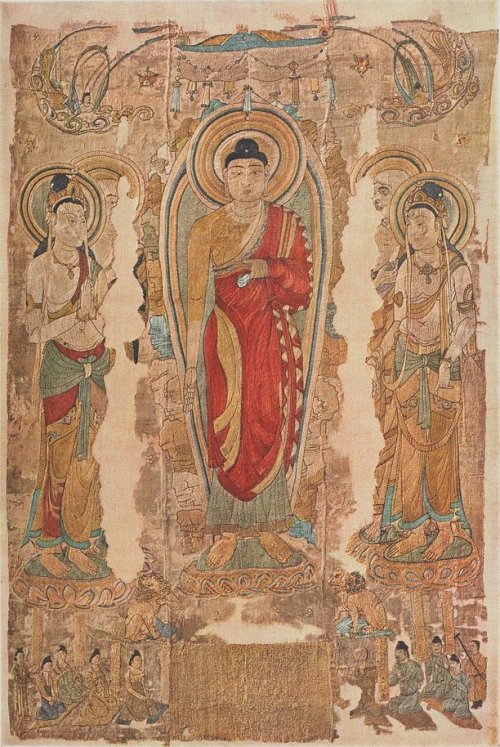

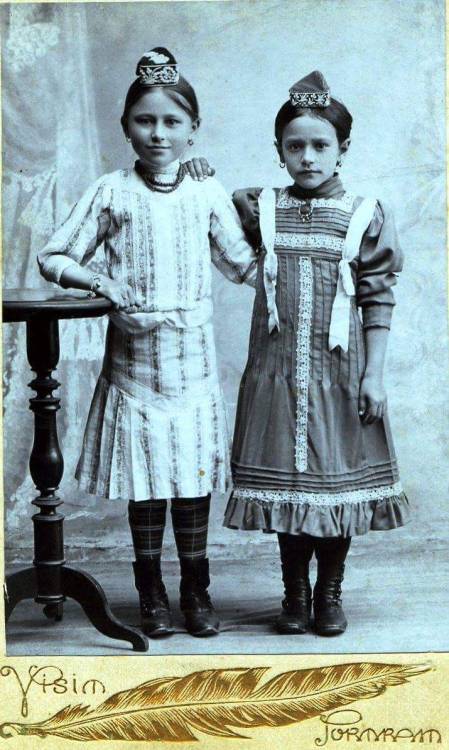
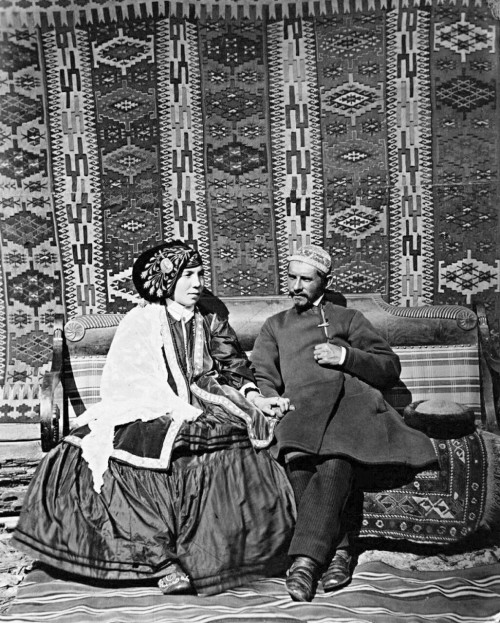
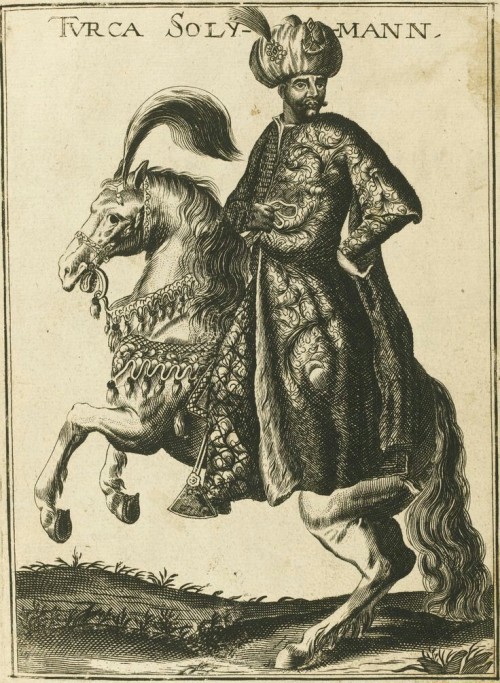



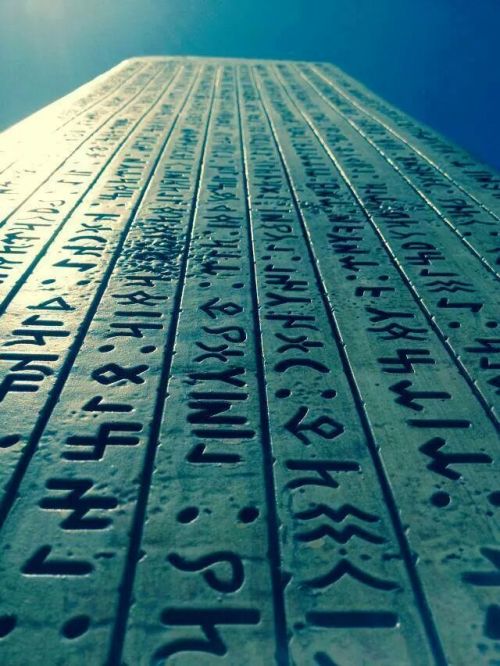

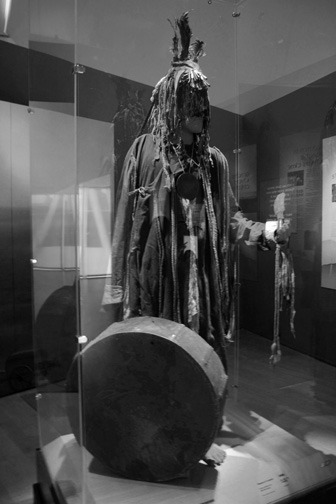


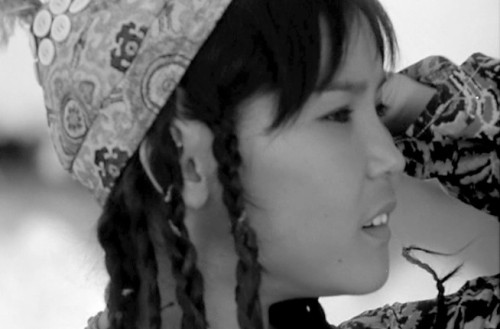




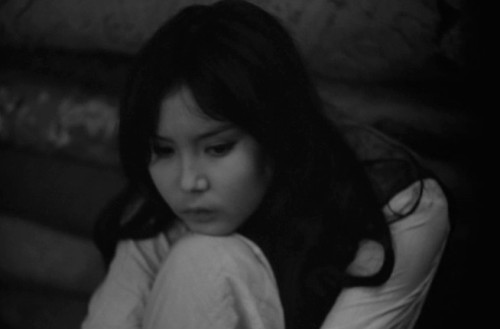

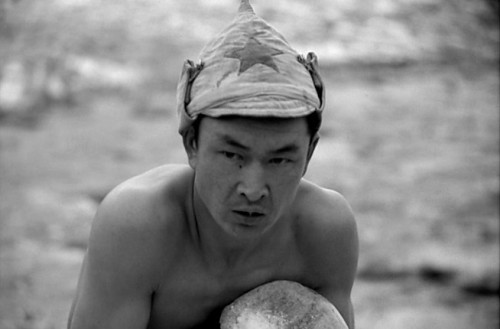

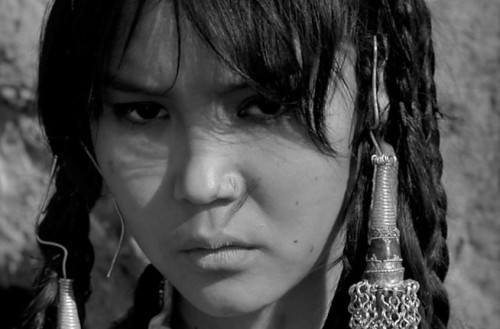

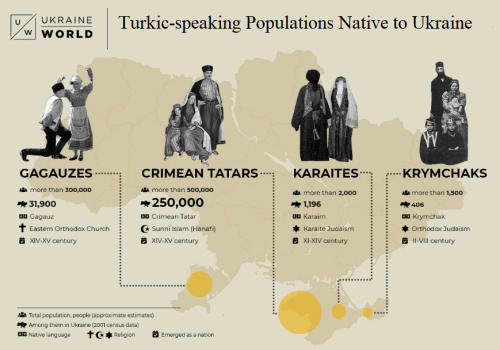

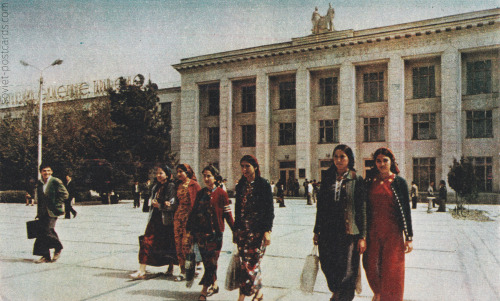

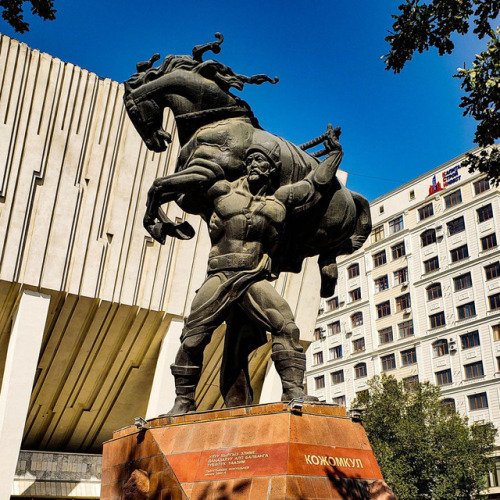
![amazinglybeautifulphotography: Incredible turquoise lake of Kol-Tor, Kyrgyzstan at sunset [OC] [3987 amazinglybeautifulphotography: Incredible turquoise lake of Kol-Tor, Kyrgyzstan at sunset [OC] [3987](https://64.media.tumblr.com/082d6f5852640e2cc26f21a2a08de4ca/ffb8e952ae0ec41f-49/s500x750/648ef3093005455fdf98a68b1507782f005803af.jpg)